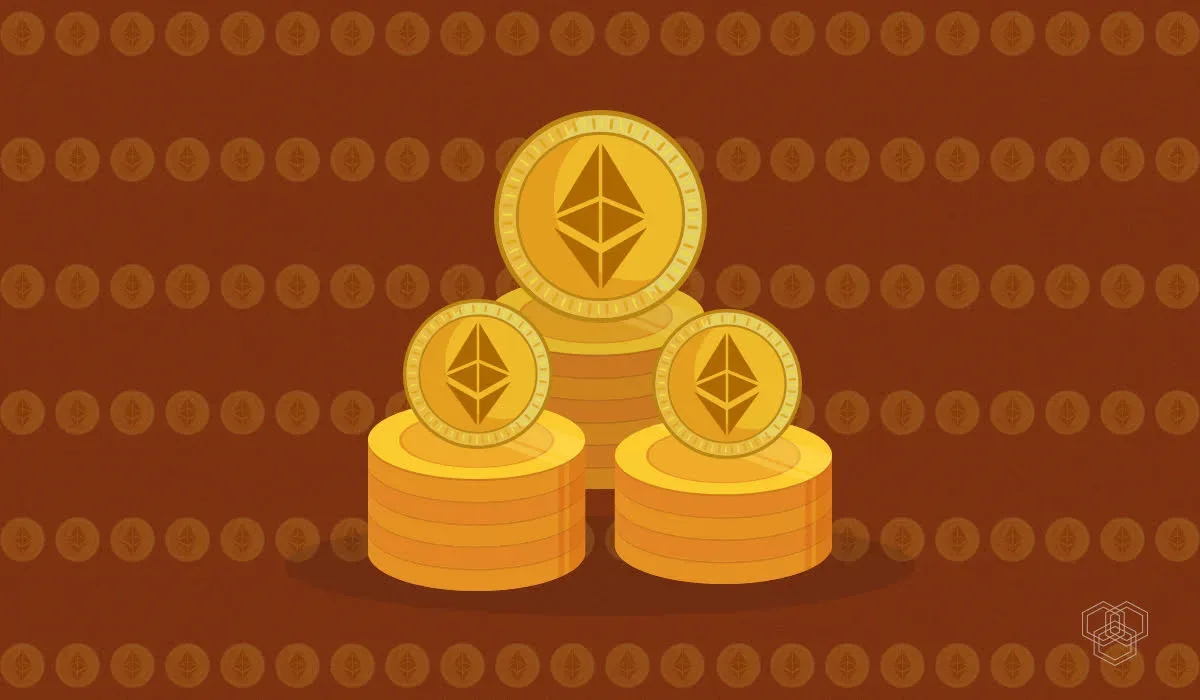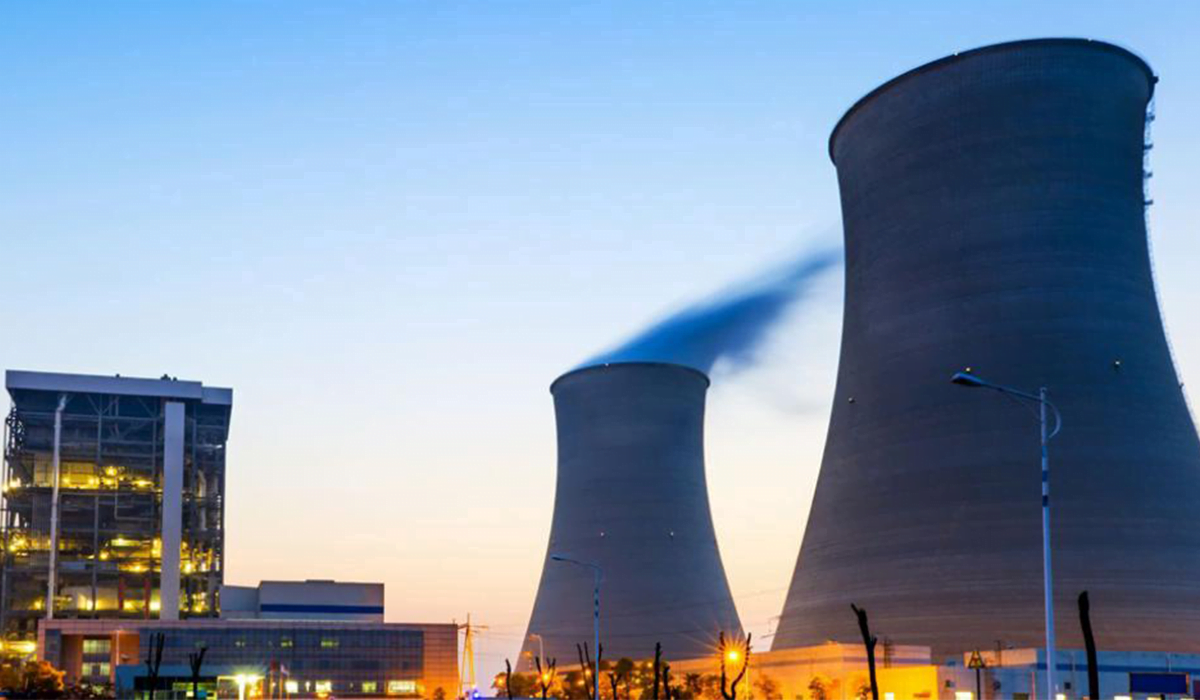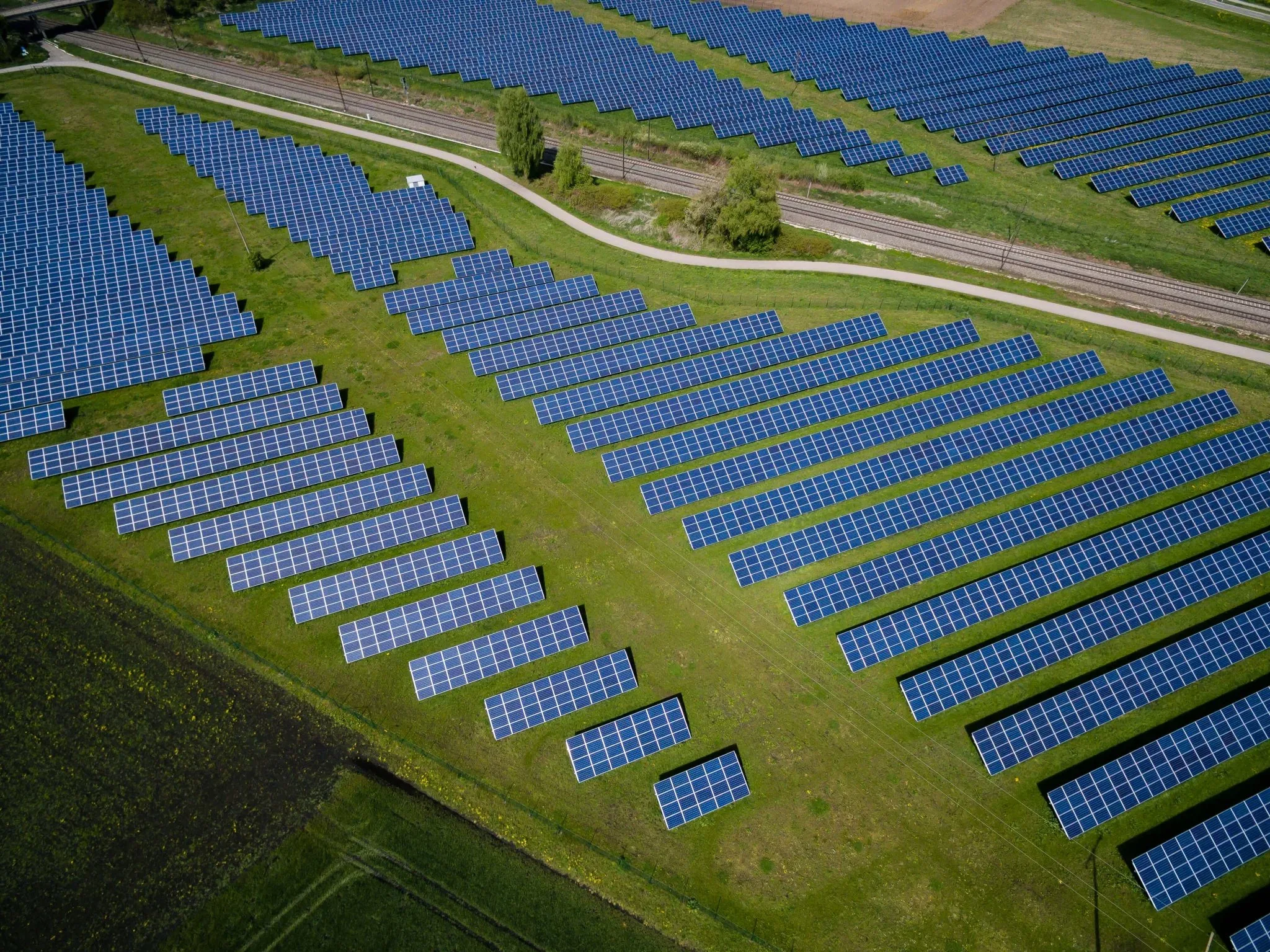Companies spanning from Oxford, England to Redwood City, California are working to commercialize a new solar technology that could hasten the growth of renewable energy generation. New research could help develop solar cells in a more efficient way.
Earlier this year, Oxford PV, a startup working in partnership with Oxford University, received $3 million from the British government to develop such technology. This technology will use a new kind of material to make solar cells.
A US company called Swift Solar raised $7 million two days ago. Swift Solar wants to bring the technology to the US, and it filed the technology with the Securities and Exchange Commission. The new cells, called perovskite cells, use hybrid organic-inorganic lead or tin halide-based material as the light-extracting active layer.
It seems perovskite cells promise to be more efficient and can convert solar energy into electricity at a much lower cost. It is one of the few solar technologies that truly seems efficient and cost-effective. The perovskite solar cells were first used in 2009 by Japanese scientists.
Back then, the perovskite solar cells were quite inefficient and too unstable to be manufactured at a large scale. But since then, scientists have been able to improve the cells’ efficiency and their stability. Oxford PV, in the U.K., is now in the middle of creating solar cells that could reach conversion rates of 37 percent.
Oxford PV has already set the world record for most efficient solar cells with an efficiency of 27.3 percent for perovskite cells. This is four percent higher than the leading monocrystalline silicon panels currently available in the market.
This will be much more efficient than the current cells that are used in solar panels. New chemical theories and ideas have been thrown around a lot in the past. It all comes down to the cost in the end. Chinese solar panel companies did help mitigate the cost of buying a solar panel, but then longevity became the issue.
Many manufacturers went out of business because of their reputation. A majority of the public is hesitant in buying solar panels because they think solar panels do not last long. Their concerns are valid.
This is why many manufacturers have shifted their focus on making solar panels much more efficient and cost-effective in the long run. This will allow manufacturers to appeal to many more consumers. This sounds easy on paper, but in reality, it is much harder to achieve.
There’s a lot of risks involved in developing such revolutionary technologies, in fact, anything revolutionary comes at a price. Efficient and cost-effective solar panels are becoming a reality with every passing day.
Oxford PV’s CTO Chris Case in a statement,
“Today, commercial-sized perovskite-on-silicon tandem solar cells are in production at our pilot line and we are optimizing equipment and processes in preparation for commercial deployment.”
If these cells become more efficient, it will only cause more competition among solar panel manufacturers, which will ultimately benefit the consumer by reducing the chance of a monopoly and will hopefully reduce the cost even more.
This is a step in the right direction and will help the environment as well.







Share Your Thoughts